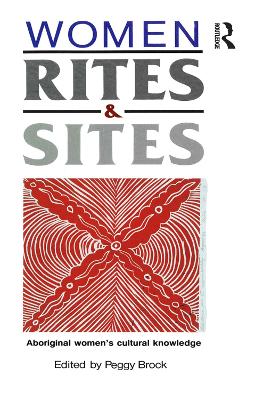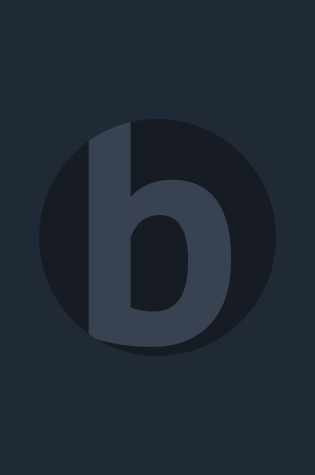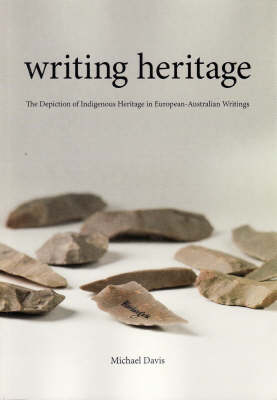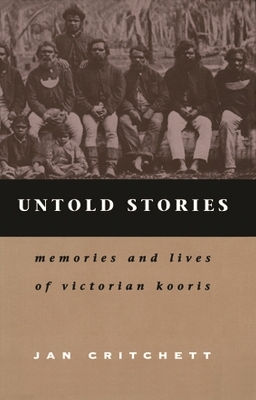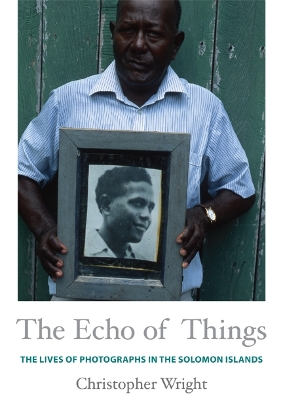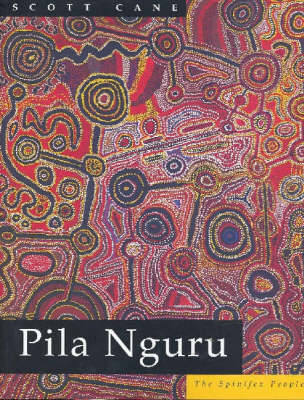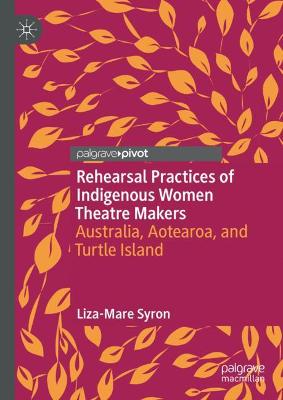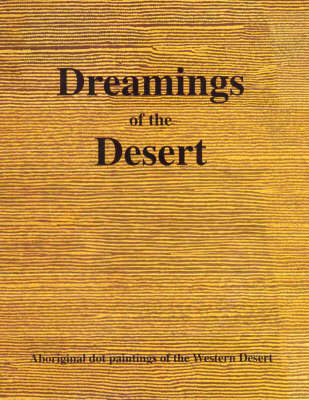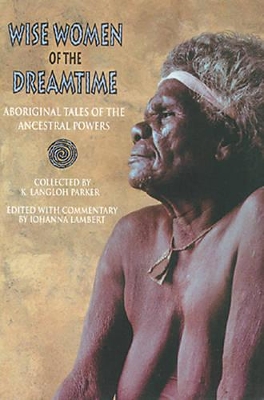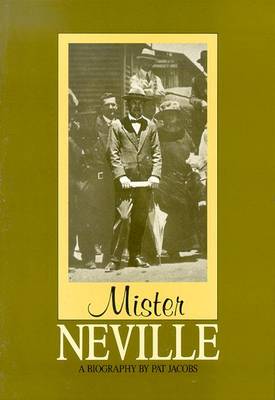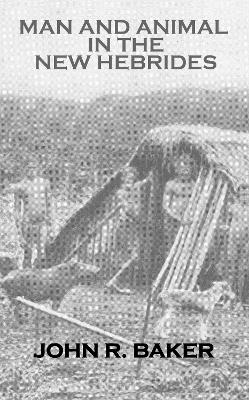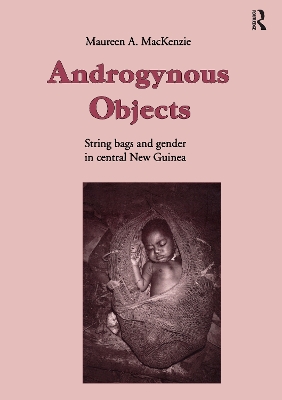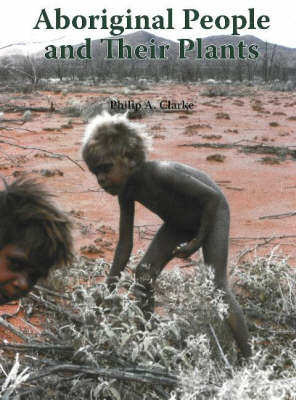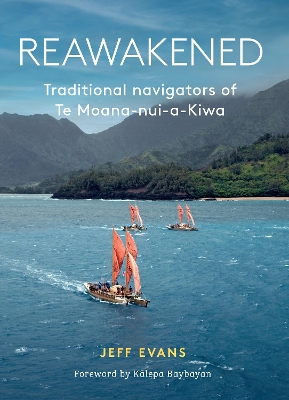Women, Rites and Sites
This book challenges a number of widespread preconceptions about Aboriginal society and its interaction with the wider non-Aboriginal society. It builds on recent scholarship that has drastically changed the view of Aboriginal women propagated by nineteenth and early twentieth century reports. These reporters unconsciously based their assessments on their knowledge of their own society; they could not conceive of women undertaking autonomous economic activity. These observations were made by men...
'Why don't you check out Papunya? It's the sniffing capital of Australia, it's a Bermuda triangle for taxpayer funds. Nobody in the NT government gives a rats. The council just tossed out World Vision. People are frightened to talk.' For award-winning journalist Russell Skelton a five year journey of inquiry that coincided with one of the biggest shifts in indigenous policy in Australian history began on the day he received this email. Set with the backdrop of Papunya, a Northern Territory Abori...
Published in association with the Australian National Museum, this book explores the constructions of indigenous heritage in European-Australian writings. From the late nineteenth century and into the twentieth century, European-Australians were actively recording, documenting and collecting Aboriginal heritage. This book examines how they did this, exploring perceptions of authenticity and innovation in Aboriginal heritage and approaches to ethnographic collecting. If indigenous people were pre...
'I'm your half-brother and I'm here to stay. This is my home.' With these words Wilmot Abraham sought refuge with his white relations. Wilmot was the best-known Aboriginal in the Warrnambool district of Victoria, a man who maintained the old way of life long after his people were dispossessed. Local farmers spoke of him as 'the last of his tribe'. Few were aware that his father had been a white lad working as a boundary rider on the Western District frontier; and only the Aboriginal community...
The Echo of Things is a compelling ethnographic study of what photography means to the people of Roviana Lagoon in the western Solomon Islands. Christopher Wright examines the contemporary uses of photography and expectations of the medium in Roviana, as well as people's reactions to photographs made by colonial powers in the late nineteenth and early twentieth centuries. For Roviana people, photographs are unique objects; they are not reproducible, as they are in Euro-American understandings of...
Drawing on early colonial cources as well as the writing of amateur and professional anthropologists, liguists and archaeloogists, Aboriginal Economy and Society compares the socail life and culture os seven regions of Australia as they appear to have been at the threshold of colonisation. With a focus on the economy,the broad scope of the book encmpasses variation in environmental conditions, resources and technologies; key institutions including kinship,cosmologies and governance; and organisa...
Rehearsal Practices of Indigenous Women Theatre Makers
by Liza-Mare Syron
This transnational and transcultural study intimately investigates the theatre making practices of Indigenous women playwrights from Australia, Aotearoa, and Turtle Island. It offers a new perspective in Performance Studies employing an Indigenous standpoint, specifically an Indigenous woman’s standpoint to privilege the practices and knowledges of Maori, First Nations, and Aboriginal women playwrights. Written in the style of ethnographic narrative the author affords the reader a ringside sea...
Of Marriage, Violence and Sorcery (Anthropology and Cultural History in Asia and the Indo-Pacific)
by David McKnight
This is a fascinating exploration of the relationship between marriage, violence and sorcery in an Australian Aboriginal Community, drawing on David McKnight’s extensive research on Mornington Island. The case studies, which occurred both before and after a Presbyterian Mission was established on the island, allow McKnight to show how the complexities of kin ties and increased sexual competition help to explain incidences of violence and sorcery, without resorting to psychiatric justifications....
Dreamings of the Desert: Aboriginal Dot Paintings of the Western Desert
by Vivien Johnson
Dancing through Time (Oxford Studies in Social and Cultural Anthropology)
by Borut Telban
Dancing through Time presents a rich and incisive analysis of person, time, and identity among the Karawari speakers of Ambonwari village in the East Sepik Province, Papua New Guinea, through the examination of everyday practices, language, social institutions, kinship, myths, spirit-things, rituals, and dances. In addition to its descriptive value, the book offers a fresh theoretical approach to the study of Melanesian cultures.
Arab people first came to Australia in the late nineteenth century. Today more than half a million Australians claim some form of Arab ancestry. They are a diverse group, both socially and economically. New South Wales, for example, appointed Australia's first Lebanese Governor, while at the same time it was labelling groups of economically deprived young people as 'Lebanese gangs'. Victoria's Premier, Steve Bracks, comes from a Lebanese background. Melbourne has an important Arab business commu...
Human Biology in Papua New Guinea (Research Monographs in Human Population Biology, #10)
Papua New Guinea shows great diversity in a small geographical area. More than a quarter of the world's languages are found there among less than four million people. It can thus be regarded as a `small cosmos' in which complex interrelationships can be studied within a connected whole. In this book, the human biology of Papua New Guinea is described and studies are presented of the geography, demography, social anthropology, linguistics, and human genetics of the country. These studies are...
"... the story of Minyjun (Monty Hale), a senior Ngulipartu man from the Pilbara region of Western Australia."--Back cover.
Aboriginal artists today practise in one of the world's longest continuous tradition of art - and perhaps the last to be generally recognised. Widely sought after, aboriginal art has now taken its place in the cozlections of leading museums and galleries. This concise survey looks at the work of Australia's indigenous visual artists from all parts of the continent. Building on traditions that stretch back at least 50,000 years, many of the artists have worked in a variety of contexts, from the s...
This book explains the history of the Maoris and the outlook for their future. They arrived in New Zealand about 1200 years ago, having travelled by canoe across the Pacific Ocean. Nearly 1000 years later, in the 18th-century, the arrival of Europeans led to wars being fought over land. Today, the Maoris and white New Zealanders have a more peaceful relationship, though land disputes continue. The "People of the World" series is an easy-reader edition of the "Original Peoples" series. The text h...
First published in 2005. Written as an account of the Percy Sladen Trust Expeditions to the New Hebrides in 1992-3 and 1927, this is one of the first detailed studies of the flora and fauna of these distant islands. Fully illustrated with maps and figures, this book describes the native Hebrideans and the reasons for their depopulation. The author, a biologist and zoologist, details the insect, avian and mammalian inhabitants of the islands and their behaviours.
Androgynous Objects (Studies in Anthropology and History)
by Maureen A. MacKenzie
Androgynous Objects explores the way meaning is encoded in material culture by focusing on the androgynous symbolism of the looped string bag, or bilum, of the Telefol people of Central New Guinea. The web of meanings 'woven' into the bag is shown to extend beyond women's lives and bodies. It is open to manipulation and reformation in a variety of contexts and is used by both Telefol women and men to explore, and so explain the complexities and ambiguities inherent in their social life.
